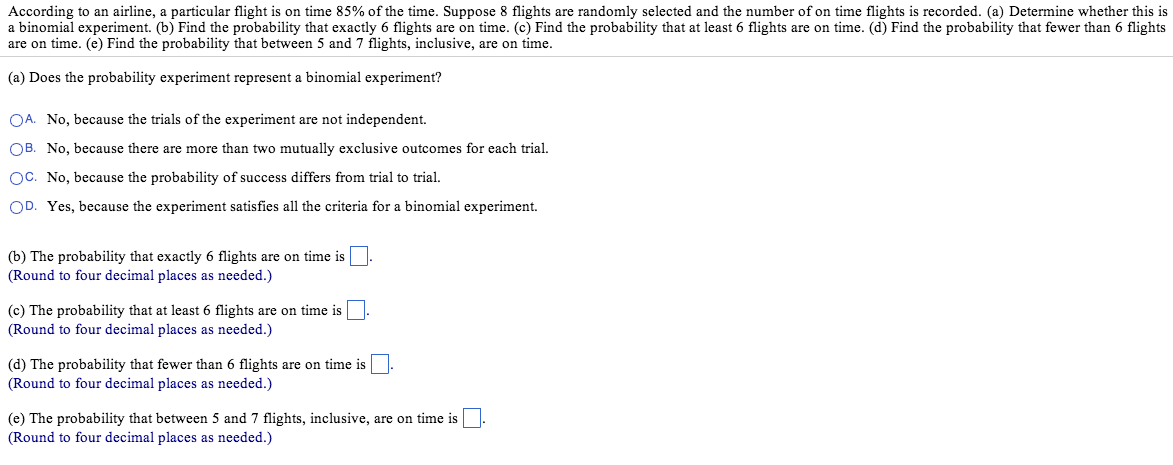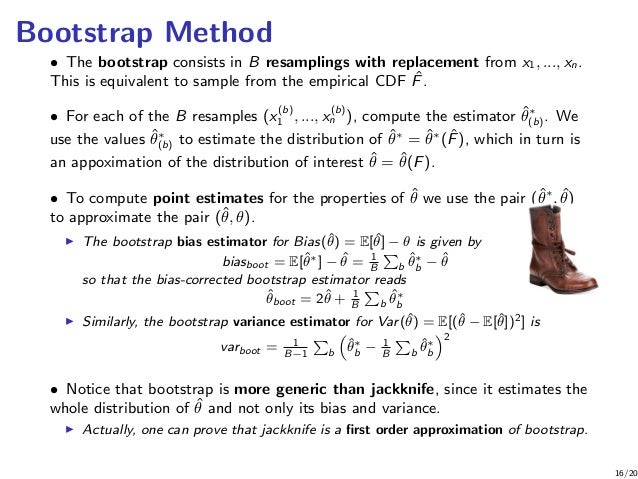

Knowing how to calculate the probability of something and understanding what that means is a key skill for anyone. We use probability in our everyday lives, even if we don’t know it. No matter what field or industry you’re in, you’ll have to use probability at some point. Have you ever checked the weather in the morning, heard there was an 80% chance of rain that day, and changed your outfit or your plans? If you have, then you’ve made a decision based on probability. How To Calculate Gross Profit Percentage.Difference Between Generalist Vs Specialist.What Is The Difference Between A Job Vs.What Is Gender Bias In A Job Description?.XLSTAT is a powerful tool both for finding the appropriate sample size for an analysis and for calculating the power of a statistical test. We see that for a power of 0.8, 1688 women and 1637 men are enough, and that for a power of 0.95 we arrive at 2794 women and 2710 men. The simulation graph shows the evolution of the sample size as a function of the power. The following table gathers the calculations obtained for each power value between 0.8 and 0.95. We see that 2259 observations are needed for the sample of women and 2191 observations for the sample of men to obtain a power as close as possible to 0.9. The first table gathers the results of the calculations as well as an interpretation. Interpreting the results of a sample size calculation for a comparison of proportions Once you click the OK button, the calculations are done and then the results are displayed. The power varies between 0.8 and 0.95 by steps of 0.01. In the Chart tab, the Simulation plot option is activated and the size of sample 1 will be represented on the vertical axis and the power on the horizontal axis. Then we enter the proportion of female managers of 0.25 in proportion 1 and the proportion of male managers of 0.2932 in proportion 2. The alpha is 0.05, the desired power is 0.9.Īs the male/female ratio in the United States is 0.97, this value is chosen from the N1/N2 ratio. We will take as an alternative hypothesis Proportion 1 - Proportion 2 0. Once the button is clicked, the dialog box pops up.Ĭhoose the goal Find the sample size, and the Two proportions test (arcsin approx.). Once XLSTAT has been launched, click on the Power icon and choose the Compare proportions function. Setting up the sample size calculation for a comparison of proportions Before collecting data for a 2-proportion test, a sample size calculation is used to obtain a power of 0.9. We want to compare the known proportions of male and female managers working in pubic relations in the USA who gain from $ 50,000 to $ 74,999. The main application of power calculations is to estimate the number of observations necessary to properly conduct an experiment. The statistical power calculations are usually done before the experiment is conducted. For a given power, it also allows to calculate the sample size that is necessary to reach that power. XLSTAT calculates the power (and beta) when other parameters are known. We therefore wish to maximize the power of the test.

The power of a test is calculated as 1−beta and represents the probability that we reject the null hypothesis when it is false. We cannot fix it upfront, but based on other parameters of the model we can try to minimize it. In fact, it represents the probability that one does not reject the null hypothesis when it is false. The type II error or beta is less studied but is of great importance. It is set a priori for each test and is 5%. It occurs when one rejects the null hypothesis when it is true.

The null hypothesis H0 and the alternative hypothesis Ha. When testing a hypothesis using a statistical test, there are several decisions to take:

XLSTAT can calculate the power or the number of observations necessary for these tests using either exact methods or approximations. Thus we can use the z-test, chi-square test, the sign test or the McNemar test. XLSTAT offers several parametric tests and nonparametric tests to compare proportions. This tutorial explains how to calculate the sample size and power for a comparison of proportions in Excel using XLSTAT.


 0 kommentar(er)
0 kommentar(er)
